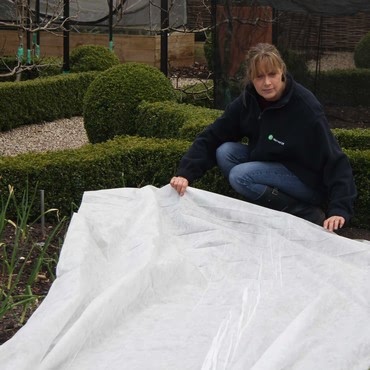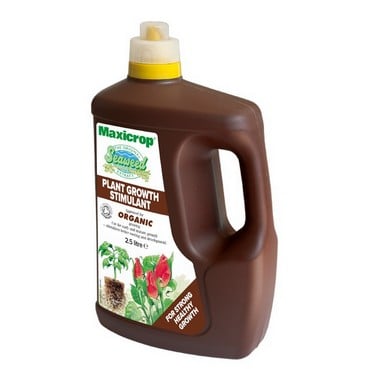Celery
EASE OF GROWNG (Scale 1-5): 5
Celery can be very tricky to grow. It will need good soil conditions and a constant supply of water. The smallest check will affect the final crop. A lot of effort, but worth it if you succeed.
HOW TIME CONSUMING:
Very. Celery requires constant watering. Dry conditions can check the growth and cause the crop to bolt. Low temperatures can also be a problem so you will need somewhere warm to start with. A heated propagator is ideal. Trenching celery requires a lot of work before planting and regular earthing up during the Summer. In the Harrod Kitchen Garden we prefer to grow a self blanching variety.
RECOMMENDED VARIETIES:
Self Blanching:
‘Daybreak’ F1
‘Victoria’ F1 AGM
‘Celebrity’ AGM
Trenching:
‘Octavius’ AGM
‘Moonbeam’ AGM
HOME GROWN VS SUPERMARKET:
Home grown is superior in taste and the self satisfaction from succeeding with this crop beats shopping at the supermarket any day!
BEST SITES AND SOILS:
A sunny spot is preferable as celery likes warm temperatures.
Celery prefers a fertile, rich soil with plenty of organic matter added to it. A good helping of a general purpose fertiliser such as Blood, Fish and Bone will help increase the fertility of the soil. For trenching celery you will need to dig a trench 12 inches deep and 18 inches wide in the Autumn.
WHEN TO SOW:
Sow seeds in early March in a heated propagator or indoors on a sunny windowsill. Celery requires a temperature of above 15C to germinate and grow. If the temperature drops below 10C it can check the growth of the plants which can cause problems with bolting later on.
DISTANCE BETWEEN PLANTS:
Self Blanching celery needs to be planted in a block with plants 9 inches apart in all directions. Trenching celery needs to be planted in the trench at 9 inch intervals. Trenching celery will need to be earthed up three times at three weeks intervals. Alternatively you can use blanching cloches.
WHEN TO HARVEST:
Celery can be harvested between August and October and ideally needs to be harvested before the first of the really hard frosts of the Winter.
FURTHER INFORMATION:
Celery does not like to dry out and must be watered during dry spells. Drying out can cause the crop to check and may cause bolting later on. If you cannot water daily, it’s a good idea to add an automatic irrigation system to your crop.
Plants should be hardened off before planting out at the end of May / Early June. Cool temperatures can be a problem so cover the plants with fleece or a cloche if necessary.
Feed fortnightly with a general purpose liquid fertiliser such as Maxicrop Organic Seaweed Plant food.
PROBLEMS TOO LOOK OUT FOR:
Celery Leaf Spot: Shows as brown spots on the leaves. Pick these leaves off and burn them as this can spread to surrounding plants. Practise crop rotation to prevent it affecting next year’s crop.
Slugs: These can nestle in the stems feasting on your crop. Treat the soil with Nemaslug throughout the season to prevent an attack.


























